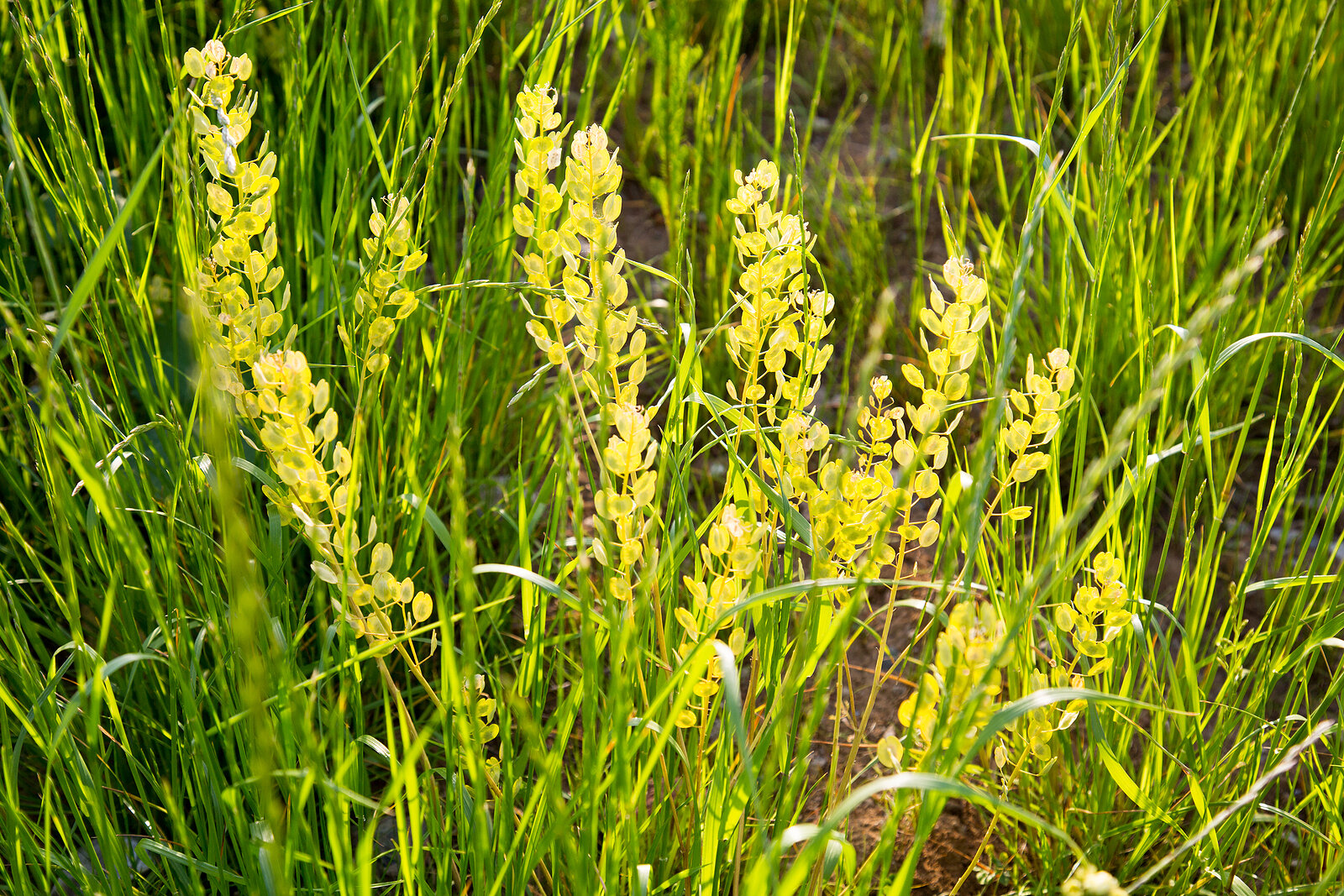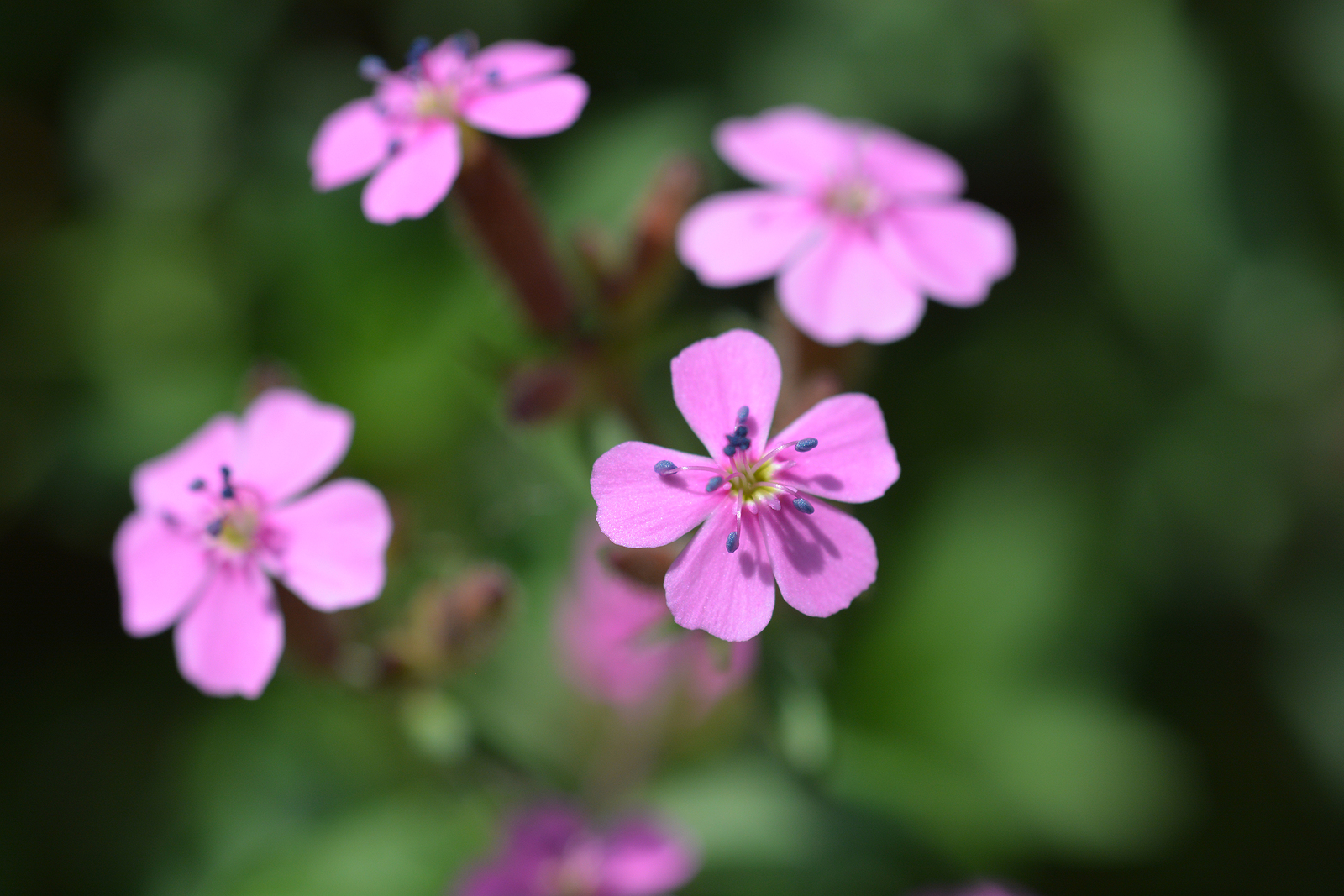How to Grow Yucca
Yuccas are rosette-forming or woody-based perennials or evergreen shrubs. They are cultivated for their bold, linear to lance-shaped leaves that are commonly erect. In their native habitat, some Yucca species are capable of growing to 40 feet, but indoors, Yucca is a slow grower and usually won’t grow more than 6 feet (1.8 m) tall and 2 […] More












